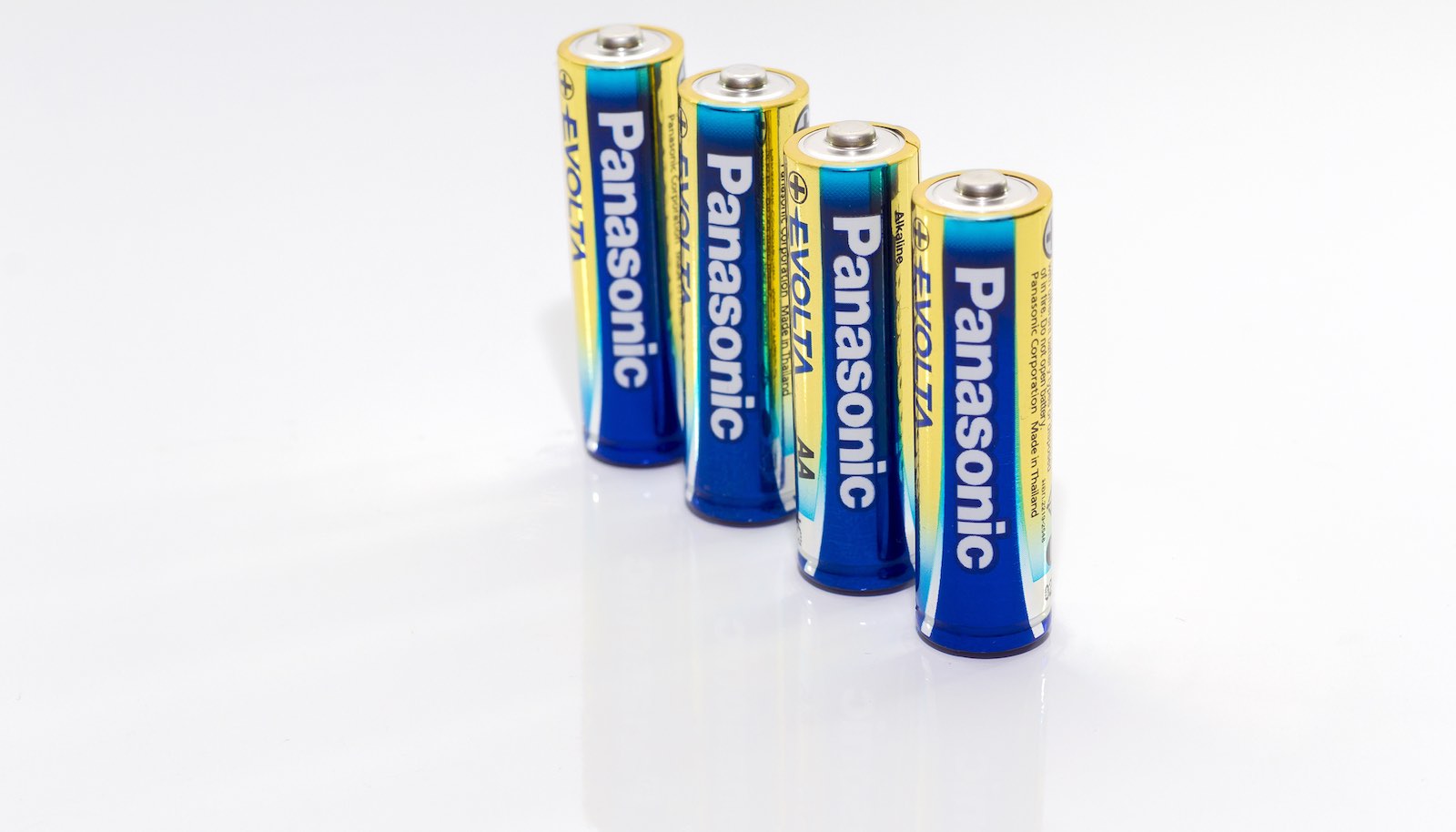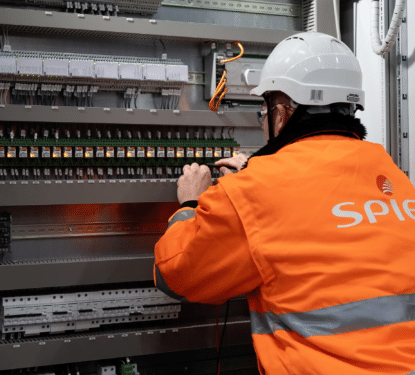Tech giant Panasonic Corporation is demonstrating the power of partnerships with two headline agreements within a matter of days. Last week Panasonic announced an integrated HVAC equipment and building management solution with energy management and automation specialist Schneider Electric. The firms say the joint solution brings new levels of HVAC control and energy efficiency to today’s smart commercial buildings.
Then, on Monday, Panasonic announced another deal, this time with Elon Musk’s Tesla. The firms entered into a non-binding letter of intent under which they will begin collaborating on the manufacturing and production of photovoltaic (PV) cells and modules in Buffalo, New York. Tesla will use the cells and modules in a solar energy system that will work with its Powerwall and Powerpack energy storage products.
The Panasonic – Tesla deal remains contingent upon shareholders' approval of Tesla’s acquisition of SolarCity, another of Elon Musk’s companies. With the aid of installation, sales and financing capabilities from SolarCity, Tesla will bring an integrated sustainable energy solution to residential, commercial, and grid-scale customers. The parties intend for Panasonic to begin PV cell and module production at the Buffalo facility in 2017. Tesla intends to provide a long-term purchase commitment for those cells from Panasonic.
The collaboration extends the established relationship between Tesla and Panasonic, which includes the production of electric vehicle and grid storage battery cells at Tesla’s Gigafactory. “We are excited to expand our partnership with Panasonic as we move towards a combined Tesla and SolarCity. By working together on solar, we will be able to accelerate production of high-efficiency, extremely reliable solar cells and modules at the best cost,” said JB Straubel, Chief Technical Officer and Co-founder of Tesla.

For the Panasonic – Schneider Electric partnership, the two companies have developed a new interface wireless solution that enables direct serial communication between Schneider’s building management system and room controllers with Panasonic’s variable refrigerant flow HVAC systems via the ZigBee wireless communication standard. This integration allows building owners and managers to view all of their core building systems including HVAC equipment, lighting, security, power and electrical distribution anytime and anywhere via a single interface and delivers actionable insights to reduce energy consumption and drive savings.
“We have invested heavily in our commercial and residential air conditioning products and support services to fully address our customers’ needs and are excited to deliver additional benefits in building energy management through our partnership with Schneider Electric,” said Toshiyuki Takagi, Executive Officer of Panasonic Corporation and President of Panasonic Air-Conditioner. “By combining the power of building management with cutting-edge VRF technology, we are able to help our customers further reduce capital and operating expenditures and reach new levels of sustainability,” he added.
The joint Panasonic/Schneider Electric solution can be installed wirelessly – which preserves existing infrastructure and is ideal for retrofits of older buildings. The solution takes advantage of innovative plug-and-play technology to simplify system configurations for extensive VRF systems. This makes it easier to install and allows system integrators to save time and costs on installation.
“Creating interoperability between major energy consuming systems such as HVAC equipment with building control systems allows facility managers to simplify their operations, better optimize the efficiency of their buildings and reduce energy costs,” said Laurent Bataille, Executive Vice President, EcoBuilding Division, Schneider Electric. “By partnering with Panasonic, we’re able to provide complete building management from the device level to the cloud, regardless of building type, size or age. This strong digital backbone provides enhanced visibility of the building environment and is a key component in enabling buildings of the future.”
VRF-based HVAC systems have become increasingly popular in commercial building settings because of their ability to operate at variable speeds by inverter technology instead of the traditional on/off operation, which drives significant energy savings. Panasonic’s VRF system is designed to dramatically increase energy efficiency by delivering the highest ESEER rating in all outdoor capacities, as well as high efficiency for part-load operations that accurately match the environment in which it is being used. The system is highly reliable, with strong cooling and heating power, even when operating at extreme ambient temperatures ranging from -25°C up to 52°C.
Simultaneously, Schneider Electric’s SmartStruxure building management solution maximizes building efficiency and reduces operating costs across the entire lifecycle of a facility by integrating customized hardware, software, engineering, installation and services to ensure facilities are energy efficient and effectively managed. It breaks down traditional information silos and delivers actionable insights in real-time so facility managers can make smarter decisions to optimize energy management.
The two deals by the Japanese electronics firm underline its commitment to low-carbon technologies. Considering the scale and reputation of the companies involved, these deals could have a significant impact on the smart technology sector and our energy intensive urban environment.
[contact-form-7 id="3204" title="memoori-newsletter"]



